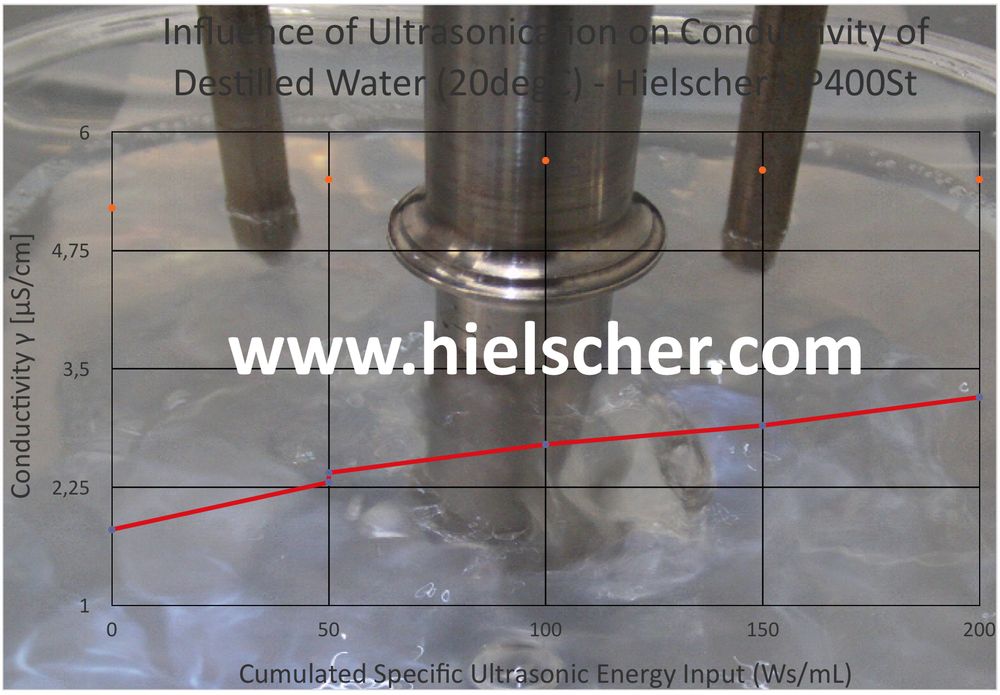Sonication, an ultrasonic treatment technique, offers a number of advantages. benefits and disadvantages. On the one hand, it enables efficient extraction of bioactive compounds and enhances bioavailability. On the other hand, it can degrade nutrients and alter the sensory properties of foods. Find out more about the benefits and limitations of sonication in this article.
C'est pas sorcier -OGM: RIFIFI IN GENES
[arve url="https://www.youtube.com/embed/PqyDgi_TY58″/]
In conclusion, sonication offers a number of advantages benefits and disadvantages. On the one hand, it offers a fast and efficient method for fragmenting and extracting compounds, speeding up research and analysis processes. What's more, sonication can be used in a variety of fields, including biology, chemistry and pharmacology, offering great versatility.
On the other hand, sonication can also have certain disadvantages. Firstly, the equipment required for sonication can be expensive, which may represent a significant investment for some companies or laboratories. In addition, the high frequencies used during sonication can damage samples if not properly controlled, which can compromise the results of the experiment.
In short, it's important to consider both the advantages and disadvantages of sonication before using it. While this technique can be extremely useful in many areas, it is essential to use it appropriately and to ensure that it is tailored to the specific needs of each situation.








